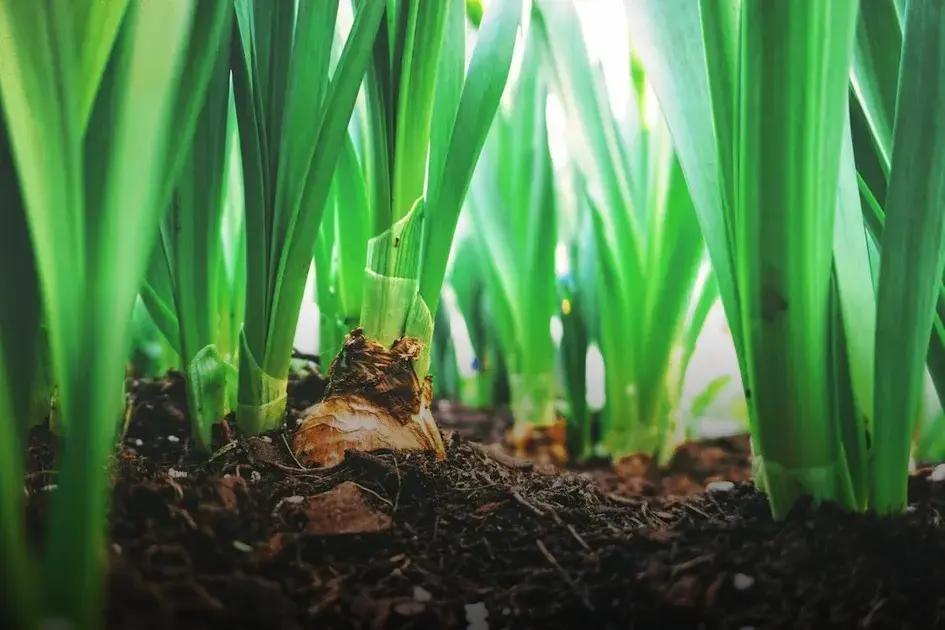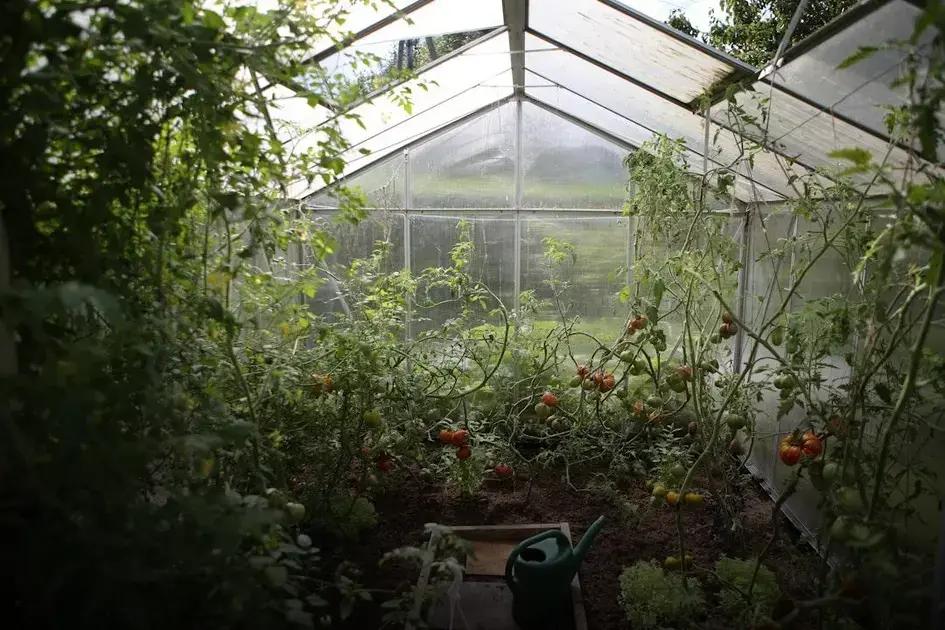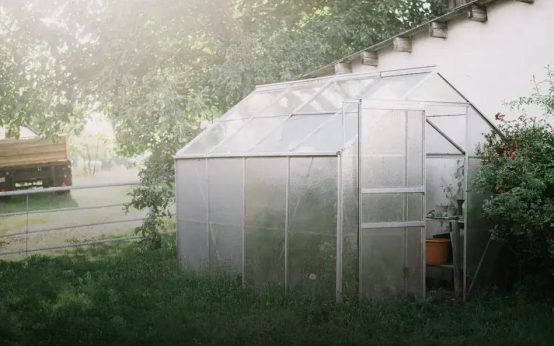Growing beautiful roses at home doesn’t have to be complicated. With the right techniques, you can enjoy vibrant blooms in your garden. In this guide, we’ll explore choosing the best rose variety, preparing the perfect soil, and essential care tips to maintain your roses. Dive in and discover how rewarding rose gardening can be!
Choosing the Right Rose Variety
Choosing the ideal rose variety can make a significant difference in the success of your home garden. There are numerous types of roses, each varying in color, size, and growth habits. From hybrid teas to climbing roses, understanding their characteristics is essential.
Hybrid Teas
Known for their large, well-formed blooms, they are perfect for cutting and indoor display. Prized for their vibrant colors, they grow best in full sunlight.
Climbing Roses
These versatile beauties can adorn fences or trellises, adding vertical interest. They bloom abundantly, requiring support as they grow. Floribundas offer clusters of flowers, blending the elegance of hybrid teas with the resilience of shrubs. They are ideal for mass plantings, creating a colorful display. Consult local nurseries or rose societies for varieties best suited to your climate and gardening experience. Consider disease resistance and maintenance levels to ensure you select the perfect rose for thriving blooms throughout the season.
Ideal Soil and Planting Techniques

When planting roses, selecting the right soil type is crucial. Roses prefer slightly acidic soil with a pH between 6.0 and 6.8. A well-draining loamy soil enriched with organic matter like compost is ideal for their growth. Prioritize enhancing soil quality by incorporating organic matter. This action not only improves nutrient availability but also promotes root growth.
Before planting, ensure the chosen site has adequate sunlight exposure. Roses thrive in locations receiving at least six hours of sunlight per day. Consider the wind conditions, and avoid overly exposed areas to protect the delicate blooms from harsh elements.
When it comes to planting techniques, digging a hole twice the width of the root ball allows for adequate root expansion and aeration. Make sure the hole is deep enough so the rose graft remains slightly above the soil line after planting. This prevents rot and disease from affecting your roses. Backfill the hole with the enriched soil mix and water thoroughly.
Using mulch around the base of the plant helps retain moisture, suppress weeds, and maintain a steady soil temperature. Organic mulches like bark or shredded leaves are excellent options. Keep mulch a few inches away from the rose’s stem to avoid rot.
After planting, immediate and constant care is vital. Regularly check soil moisture levels and adjust watering accordingly to prevent over or under-watering. Periodic soil testing is also advisable to ensure your roses are growing in an optimal environment. Employ these ideal soil and planting techniques to nurture robust and beautiful roses in your home garden.
Watering and Fertilizing Tips
When it comes to nurturing your rose plants, watering is a crucial aspect. It’s essential to ensure the soil is kept consistently moist, especially during dry spells. However, be cautious not to overwater, as this can lead to root rot and other issues. Early morning watering is ideal as it allows the foliage to dry throughout the day, reducing the risk of diseases.
Another vital part of rose care is fertilizing. Roses are heavy feeders, so providing them with the right nutrients is key to achieving lush, vibrant blooms. Use a balanced fertilizer specifically formulated for roses, typically applied every four to six weeks during the growing season. Organic options like compost or manure can be beneficial to improve soil structure and provide a steady release of nutrients.
To prevent nutrient deficiencies, observe your roses for signs such as yellowing leaves or stunted growth. Regular soil testing can help you adjust your fertilization strategy to match the specific needs of your plants. Additionally, remember to mulch around your rose bushes to conserve moisture and suppress weeds, which can compete for nutrients.
Pruning for Healthier Blooms

One key aspect of maintaining rose plants is pruning. Regular pruning helps promote healthier blooms by allowing light and air to reach the center of the plant. Prune roses in late winter or early spring when they are still dormant. Use clean, sharp tools to avoid damaging the canes and make cuts at a 45-degree angle, about a quarter-inch above a bud.
Remove dead or diseased wood first to prevent the spread of any potential infections. Trim away any crossing branches to prevent them from rubbing against each other, which can create areas vulnerable to diseases.
Encourage New Growth
Cut back the canes to shape your rose bush and encourage new growth from the base. This is particularly important for older rose plants that might struggle to produce new flowers otherwise. By removing older, non-productive wood, the plant can focus its energy on developing new buds.
If you are growing climbing roses, remember that they require a different pruning approach. For these, allow the main canes to grow longer and cut back the side shoots to encourage more flowers along the main canes.
This targeted approach not only boosts flower production but also supports the overall health of the plant. Proper pruning techniques will ensure your roses remain strong and produce vibrant blooms each growing season.
Dealing with Common Rose Pests
Dealing with pests is an essential aspect of growing beautiful roses at home. Aphids, spider mites, and Japanese beetles are some of the common insects that can harm your roses. These pests can quickly damage leaves, buds, and even stems, affecting the growth and bloom of your roses. To combat these unwanted visitors, consider the following strategies:
- Manual Removal: For small infestations, remove pests by hand. Use a gentle spray of water to wash them off.
- Natural Predators: Encourage beneficial insects like ladybugs which feed on aphids. They can naturally reduce the pest population.
- Neem Oil: This natural oil disrupts the life cycle of pests and can be applied directly to the affected areas.
- Insecticidal Soaps: These are effective against soft-bodied insects. Always follow the manufacturer’s instructions to avoid damaging the plants.
- Regular Monitoring: Inspect your roses weekly to spot early signs of pest activity. Early detection allows for quick action, preventing severe damage.
Additionally, maintaining healthy rose plants can make them more resilient to pest infestations. Ensure your roses are properly watered and fertilized, promoting strong growth and natural resistance to pests.


 Harvesting Herbs: Secrets for Best Flavor Timing
Harvesting Herbs: Secrets for Best Flavor Timing  Tips for Growing Tomatoes That Produce Fruit Effectively
Tips for Growing Tomatoes That Produce Fruit Effectively  Companion Planting: Discover Plants That Thrive Together
Companion Planting: Discover Plants That Thrive Together